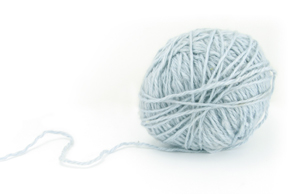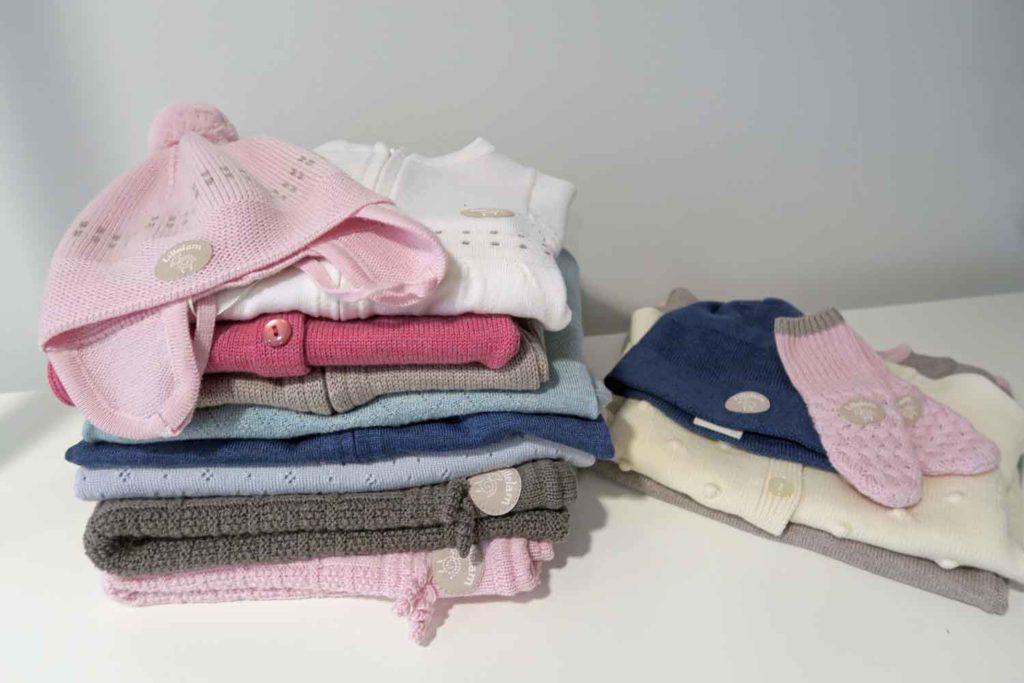Washing, stain removing and treatment of your wool garment
Care for your Lillelam garments, and the garments will care for you.
Lillelam guarantees machine washability at 40°C on wool cycle setting, which is a gentle cycle. If your machine does not have a wool cycle, we recommend to use either cycle for delicates/silke, or cold water 30°C. Read more about our washing symbols here.

Good advice
- Don’t wash more than necessary. To air out can often be enough
- Machine wash on wool cycle 40°C
- Only use detergent especially for wool
- Wash with similar colour tones
- Don’t wash with a full load
- Use a washing net
Wool has the advantage that it does not have to be washed as often as other fibres because it is to a large extent self-cleansing. Merino wool fibres have a natural protective outer layer (lanolin) that helps prevent stains from being absorbed. And because Merino wool tends not to generate static, it attracts less dust and lint. To air out of the garment can often be enough and saves a washing procedure and the environment as the dirt or odour does not enter the fibre but lies only on the surface of it.
The yarn we use is superwash treated in a highly careful way, with a strict Oeco-tex standard 100 class 1 certificate on the procedure. This means that the process contains no harmful substances for the skin or our health. Superwash is a procedure where harpix/resin has coated the fiber with a very thin film so that the raw material does not felt or shrink while washing.
Note – No plastic is used in our super-wash procedures.
Washing
It is very important to use washing detergent for wool – which means a PH-neutral detergent without enzymes and bleach – as these can damage and break the wool fibres and could lead to holes in the garments.
The programs of the washing machine are often more gentle than hand-wash as the temperature is precisely programmed (unless there is a default measurement on the machine) and the spin-dryer program is carefully adjusted.
- Don’t wash the garments more than necessary. To air out can often be enough
- The garments need to be washed together with similar colour tones
- Do not let the garments soak for more than 10-15 minutes as felting can occur
- Think about the environment, and follow the recommended dosage of detergent
- Do not fill up the machine with clothes, to avoid rubbing of the wool fibres
- We recommend that you use washing nets when washing thinner garments and products with pon-pons and ties, to avoid damages during the washing procedure
Its important that the garments are washed together with garments of similar colour tones. The illustration below shows you what colour tones you can safely wash togheter. Remember that very light or very dark items of same colour also should be washed seperately, to avvoid the lighter item getting miscoloured.

Lillelam recommends machine wash at 40°C on wool cycle
The programs of the washing machine is often more gentle than hand-wash as the temperature is precisely programmed (unless there is a default measurement on the machine) and the spin-dryer program is carefully adjusted. For wool garments of high quality, you should only fill the machine half full, so that the fibres dont rub againt eachother.
If you hand-wash the garments, make sure the water does not exceed 40°C and use only detergent for wool. Soak the garment for 10-15 minutes, and gently stir the garment in the water. Rinse then with colder water until there is no more detergent and twist the garment gently for releasing the water. Wool garments have the advantage of finding back to its natural shape once dried.
The garments can either dry flat after washing or be hung up, but should not be hung up for drying while soaking wet as they can lose the shape while wet and heavy.
Air out instead of washing
In many cases, hanging the garment for airing is enough. Woolen garments have the advantage that they do not need to be washed after a day’s use as wool is bactericidal, in addition, the dirt will usually stay on the outside and will not absorb into the fibers. The wool fibers are made up of a number of air pockets, which are carriers of dirt, odor, moisture etc from the body or from the outside, but can simply be aired out in fresh air over a few hours.
Dryer
You may use a dryer to dry our garments, but it needs to be of the lowest temperature, and the dryer should not be more than half full to avoid rubbing of the garments.
Ironing
It is ok to iron our garments, but the temperature must be low. It is best to place a moist cloth between the iron and the garment, to protect and preserve the suppleness of the fibres. Ironing can prevent pilling and makes the garment more shiny and well shaped.
Storing
Before storing wool garments after a season or saving it for the next user, we recommend to wash the garments in the washing machine as described above. This will minimize the risk of unwanted insects,like moths, who can damage the wool garments by eating the proteins of the wool fibres. These insects are attracted by grease, food, and other dirt in the garments.
Further, the garments should be kept in a sealed containers made of plastic, paper, cardboard, suitcases etc. to secure a dry and clean environment (if stored in a warm place, do not use plastic as condense can appear and damage the garment).
Advice for storing wool:
- Vermins prefer dirty garments. Make sure that the garments are clean and dry when stored
- Place the garments in a sealed packaging
- Check pockets for food and garbage remains
- Leave a small bag of lavender between the garments, as moths do not like the smell
If you have any questionsin regards to washing, treatment or storing of the garments, do not hesitate to contact us; flokken@lillelam.no
‘



